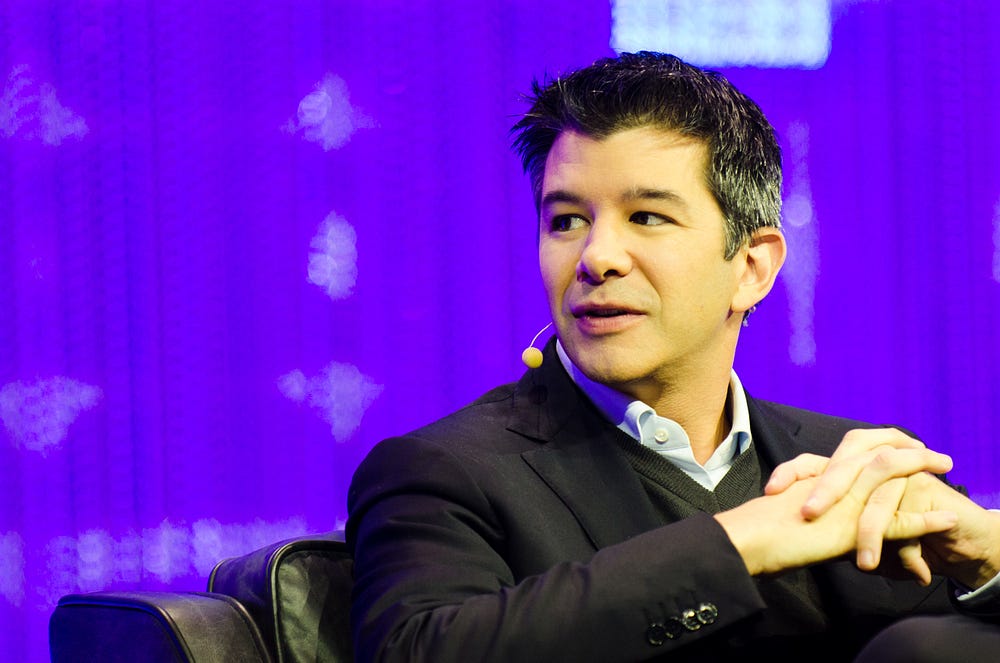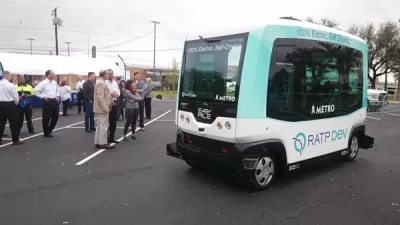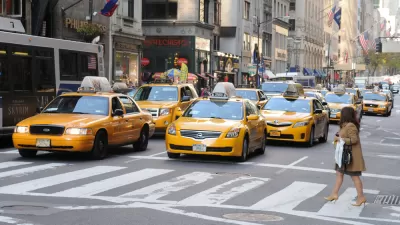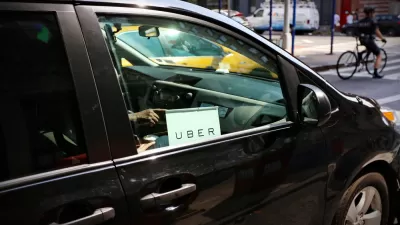Uber needs only a few more years to start its driverless mobility services. Meanwhile its million-plus self-employed drivers are providing the company with money, data, and future customers before their jobs get permanently ditched.
What Uber has done, since it started seven years ago, is to lay a sweet trap for people willing to become taxi drivers, but without the means and qualifications to get a license. Initially Uber advertised itself as a “sharing economy” enterprise, allowing any safe driver to augment his/her income by working a few hours a week providing rides.
Back in 2014, in an interview during the Code Conference, Uber CEO Travis Kalanick claimed that the more drivers there are out there, the more reliable the service, the more trips per hour every driver can do. As pick up times get shorter, he argued, drivers will be going from trip to trip without down time. “When trips per hour go up, then pricing can come down, and they can make the same income,” he said. “When pricing comes down you can bring more riders and drivers into the system.” None of this is a selling point for Uber drivers.

A recent report by British MP Frank Field, chair of the work and pensions committee, found that Uber drivers are “feeling forced to work extremely long hours, sometimes more than 70 a week, just to make a basic living,” and that Uber “treats its drivers as Victorian-style ‘sweated labour’.”
Asked about self-driving cars, Kalanick was clear about the future: “Look, this is the way the world is going. If Uber doesn’t go there, it’s not going to exist either way. ”
FULL STORY: Uber drivers are helping company kill their own jobs

Alabama: Trump Terminates Settlements for Black Communities Harmed By Raw Sewage
Trump deemed the landmark civil rights agreement “illegal DEI and environmental justice policy.”

Study: Maui’s Plan to Convert Vacation Rentals to Long-Term Housing Could Cause Nearly $1 Billion Economic Loss
The plan would reduce visitor accommodation by 25% resulting in 1,900 jobs lost.

Why Should We Subsidize Public Transportation?
Many public transit agencies face financial stress due to rising costs, declining fare revenue, and declining subsidies. Transit advocates must provide a strong business case for increasing public transit funding.

Wind Energy on the Rise Despite Federal Policy Reversal
The Trump administration is revoking federal support for renewable energy, but demand for new projects continues unabated.

Passengers Flock to Caltrain After Electrification
The new electric trains are running faster and more reliably, leading to strong ridership growth on the Bay Area rail system.

Texas Churches Rally Behind ‘Yes in God’s Back Yard’ Legislation
Religious leaders want the state to reduce zoning regulations to streamline leasing church-owned land to housing developers.
Urban Design for Planners 1: Software Tools
This six-course series explores essential urban design concepts using open source software and equips planners with the tools they need to participate fully in the urban design process.
Planning for Universal Design
Learn the tools for implementing Universal Design in planning regulations.
Caltrans
Smith Gee Studio
Institute for Housing and Urban Development Studies (IHS)
City of Grandview
Harvard GSD Executive Education
Toledo-Lucas County Plan Commissions
Salt Lake City
NYU Wagner Graduate School of Public Service





























